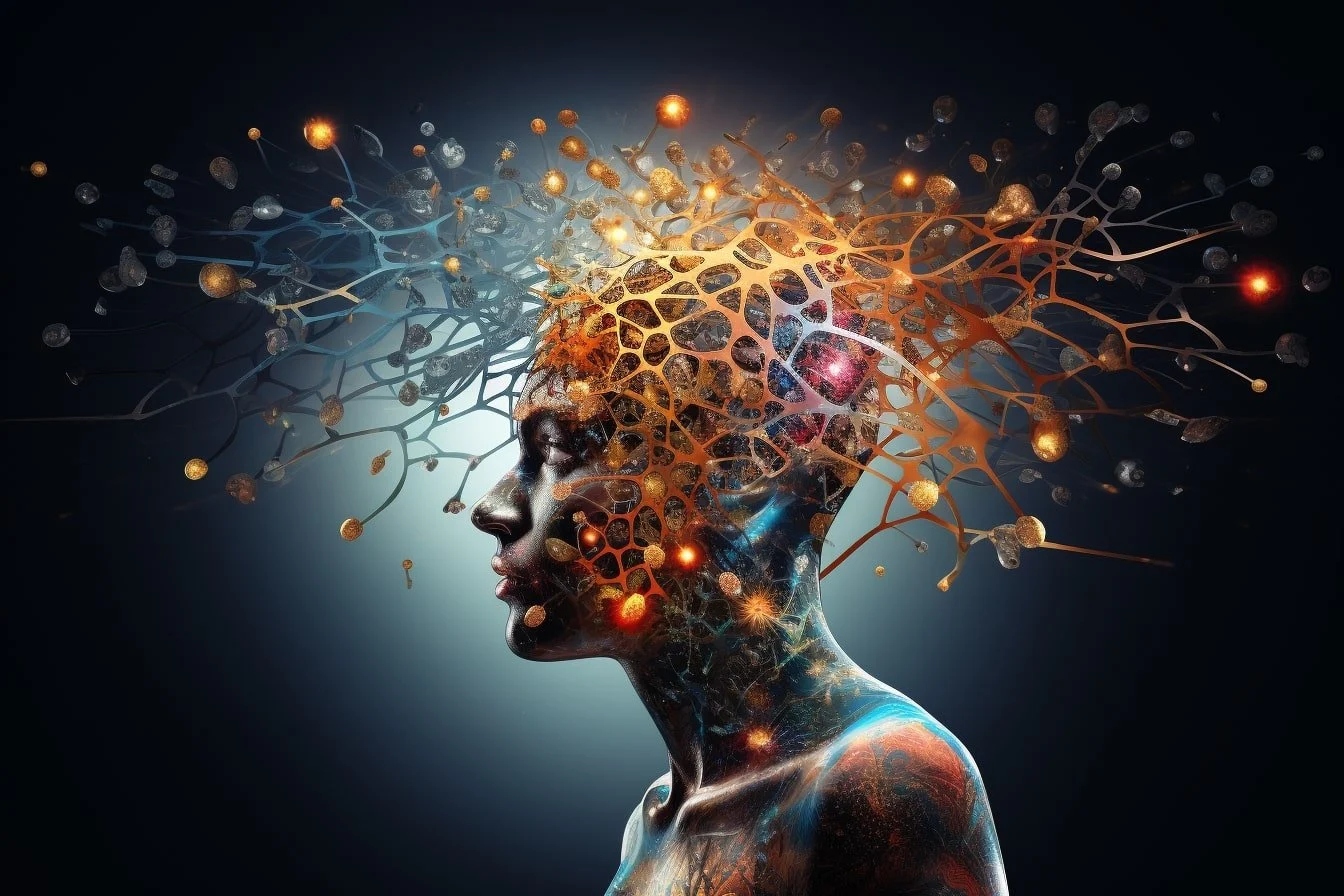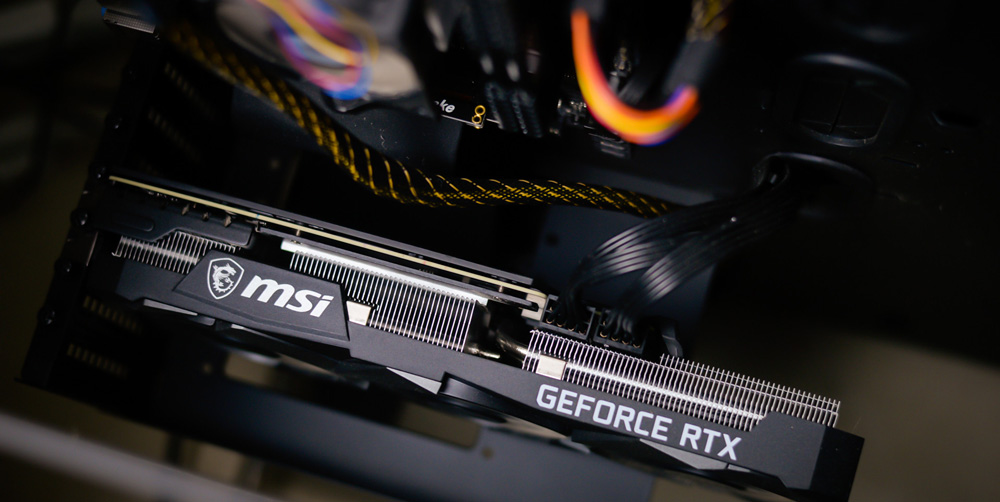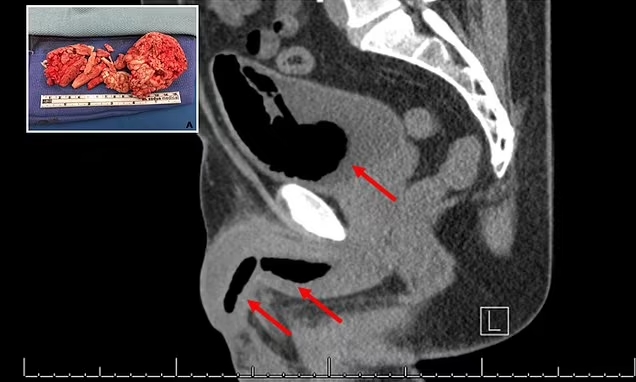
There is a recent preprint on PsyArXiv, The Integrated Information Theory of Consciousness as Pseudoscience, stating that, "The media, including news articles in both Nature and Science, have recently celebrated the Integrated Information Theory (IIT) as a ‘leading’ and empirically tested theory of consciousness. We are writing as researchers with some relevant expertise to express our concerns. The findings therefore do not support the claims that the theory itself was actually meaningfully tested, or that it holds a ‘dominant’, ‘well-established’, or ‘leading’ status. The media coverage sprang from a public event where the authors of a large-scale adversarial collaboration shared their findings, which were reported as empirically testing and partially supporting IIT. IIT is an ambitious theory, but some scientists have labeled it as pseudoscience. Therefore, we hope to make clear that despite its significant media attention, IIT requires meaningful empirical tests before being heralded as a ‘leading’ or ‘well-established’ theory. Its idiosyncratic claims and potentially far-reaching ethical implications necessitate a measured representation."
What is consciousness? When consciousness is defined as being and experience, what does it mean? Does it mean the mechanism with which being and experience are produced in the brain, or the outcomes of awareness of being and the experience?
If a patient is paralyzed and given ECT, triggering seizures [mechanisms] without reaction in the body, only within the brain, since the action is not obvious in the body, does it null the events in the brain? If it is possible to induce the mechanism for consciousness without the outcomes, would it mean consciousness?
When there is no awareness of being during deep sleep, or no experience of it, does it imply that the mechanisms that produce being and experience are null?
If the cerebellum modulates movement and balance, or an individual knows of a personal ongoing motion, or is aware of balance, should that not be factored into 'consciousness' even though the cerebellum is not implicated?
When consciousness is described for being and experience, as outcomes, what do they describe? That there are mechanisms that set being and experience in the brain, what does it express?
Three key questions: what does consciousness do, or what indicates that consciousness is present and how is consciousness produced?
It is theorized here that the uniformity of consciousness is the rate at which any organism can know, with a maximum of 1, for humans. Simply, in the brain there are several knowing processes, with being and experience as divisions of what can be known, by mechanisms then outcomes. Just one knowing interaction is prioritized on the mind in a moment. These knowing processes for humans are spread across language, subjects, locations, use of the hands, creativity experience, being and so forth.
Other animals have what they know, but their total is less than 1. The major divisions of what can be known are memory, emotion, feeling and modulation. These divisions have sub-divisions that include intelligence, creativity, thought, sensation, perception, being, experience, pain, anger, happiness, color, and so forth.
Being and experience are spread across major divisions. But there is no definition of consciousness that cannot be explained with what is known. Being or awareness of the self is known. Subjective experience or that a person is seeing red must also be known.
How does the human brain produce consciousness?
It is postulated here that the collection of all electrical and chemical impulses of nerve cells, their loops, features, interactions and arrays are the human mind. All the nuclei or clusters of neurons in the brain are theorized here to be defined by the interactions and features of loops and arrays of their impulses.
Basically, when sensory inputs arrive in the brain via electrical impulses, they do so [conceptually] in a formation set by loops [at relay centers] that go on for interpretion by other formations, set by other loops [in cortical areas or others]. Loops of impulses [conceptually] have a feature called stairs or drifts, where impulses are rationed or filled, to set what they do. For example, a taste could be a formation or ration, MNO, where if the loop is reached, the taste is produced by that combination, degree may vary and for differences with other tastes, smells and others.
Loops of impulses are arrayed. There are often distributions from loops to others, sharing parts or all of their formations, to 'activate or inhibit the next cell. It is a reason for reuptake of chemical impulses in pre-synaptic neurons or breakdown by enzymes, since the formation is already passed on to electrical impulses.
Consciousness is produced in the loop of impulses, where their interactions make formations available for functions to be mechanized. Other features of impulses in loops include pre-/prioritization, sequences, early-splits or go-before, and a principal spot.
Electrical impulses also have their stairs or drifts. It is known that in myelinated axons, electrical impulses leap from node to node, in what is described as saltatory conduction. It is hypothesized here that some electrical impulses in the same loop, or going to others, leap ahead of others to interact with chemical impulses like they had done before. This produces initial perceptions of events, such that if it is accurate, nothing happens, if not, the incoming ones go in the right direction. It explains what is described as predictive coding, processing and prediction error.
What is described as short-term or working memory uses the split of electrical impulses--with sequences and in loops, such that the ones that go before interact for the formation say for numbers, then the incoming ones are held, so that they can follow those sequences, to produce what is held temporarily. Memories, in general, use an initial sequence, but often become their own loops, as the input recurs.
There are loops of impulses in different circuits where some often make new or extra loops, like in the hippocampus, for memory. The cerebral cortex can be explained to be more involved in consciousness than the cerebellum, because of the sprawling corrugations, producing loops with appropriate formations. Though there are more neurons in the cerebellum and lots of folds, they do not have the loop architecture for the formations that structure several functions.
For example, axon terminals of some neurons in some cortical association areas connect to dendrites in the prefrontal cortex where thinking is done. Those axons enable loops from the association areas to participate in loops in the PFC, making them arrayed. So, sensory information can be interpreted and used in decision making. This is similar to how there are some loops from elsewhere with neurons for emotions, from nuclei in the amygdala.
All interaction of impulses, whether in the brainstem, for internal senses or in the striatum, or others, enable knowing. It may not get to the degree of awareness, due to the ration or rotation of a loop, but the mechanism of all interactions of impulses are similar, though their formations or rations differ.
The sense of self is proposed here to be available in all the rations of impulses, across loops. There is access to some of these centers for self, due to the shape of the loops, deciding free will, intentionality or control. It is where the sense self is based, defining the subjective nature of experience.
All examples of consciousness to see red, smell something or to have subjective experience don't happen outside of loops. Because humans have an extensive number of loops and formations, humans are rated 1. The closest organisms to humans may have close to 0.6.
Generative AI lacks the mechanisms for biological consciousness. It does not possess understanding; its primary function is prediction. Since consciousness for humans also includes outcomes of being and experience, it is possible to extend a division to LLMs.
Memory is a division of consciousness for humans. Seeing red is a function of memory, so is smell. This applies as well to language. For example, where is a location, is a question that the person who asked and the person it was posed to, may have it in their consciousness at that moment. It is possible to answer, or know, without ever visiting the place. There is no experience of it, but knowing, as a response, is available. Though, there is the subjective experience to know that one individual is asking and the other is answering.
There are states where people have altered consciousness but minimally aware, they may have responses, to know, even if they are detached or dissociated in those moments. Knowing indicates consciousness. What consciousness does is knowing or knowing produces consciousness.
LLMs can take questions and answer many accurately. They may have close to 0.1 for their total of memory, comparable to human minimum in some subdivisions of memory. Consciousness, as being and experience, is not isolated, but uniform for the totality of what the interactions of nerve impulses do.


















 English (United States) ·
English (United States) ·